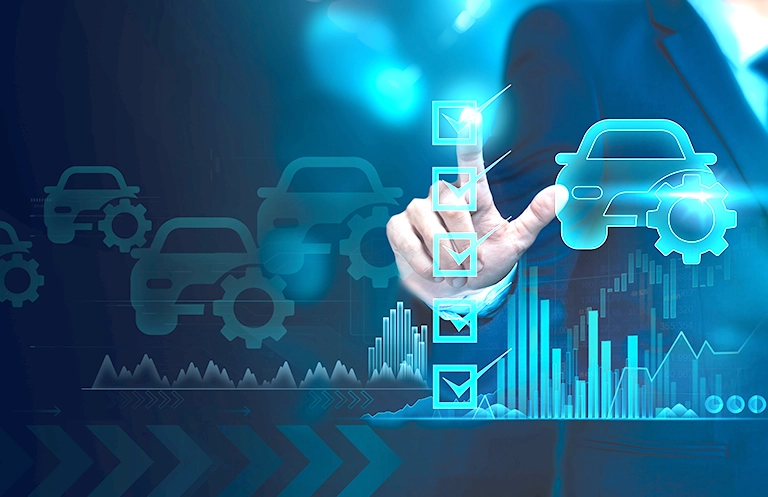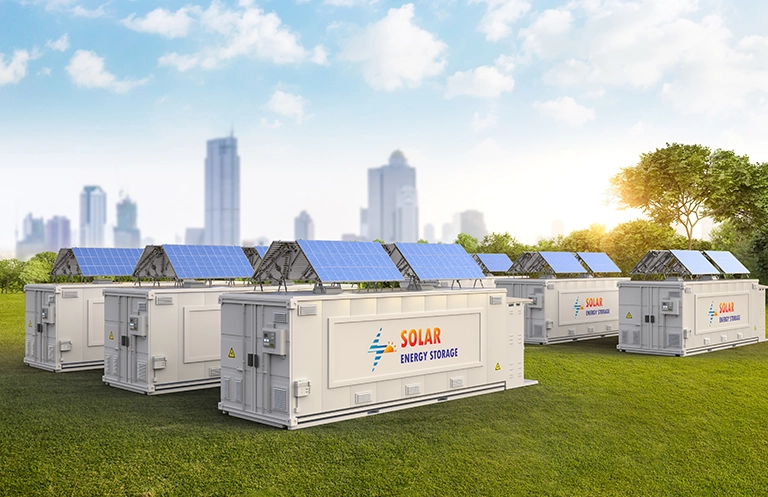The aerospace industry, known for its precision and exacting standards, is experiencing a transformation with the integration of generative AI. This advanced technology is not merely an enhancement; it is revolutionizing the ways aerospace companies approach design, production, maintenance, and mission planning. Generative AI equips engineers, manufacturers, and operators with advanced tools to enhance processes, improve safety, and expand the possibilities within aviation and space exploration. In this blog, we explore how generative AI is actively shaping the future of aerospace.
1. Understanding AI and Generative AI: Key Differences
Before exploring its applications in aerospace, it is essential to differentiate between artificial intelligence (AI) and generative AI. AI encompasses a wide range of technologies designed to mimic human intelligence through machines or software. It encompasses everything from data analysis and decision-making to advanced techniques like machine learning (ML) models, which allow systems to analyze data, recognize patterns, and make predictions.
Generative AI is a subset of AI that goes beyond analyzing data to create new data. Generative AI utilizes sophisticated algorithms, such as generative adversarial networks (GANs) and transformers, to create original content—like designs, images, or configurations—by analyzing and learning from existing patterns. Traditional AI applications might predict when an engine part needs maintenance, but generative AI can design an optimized part, exploring configurations that engineers might not consider on their own.
In aerospace, the distinction is significant. AI is often used for maintenance, diagnostics, and operational improvements. Generative AI, however, enables breakthrough designs, creating complex configurations that align with specific goals, such as fuel efficiency or aerodynamics. This ability to innovate with design is what makes generative AI uniquely powerful in aerospace.
2. Revolutionizing Aircraft Design
One of the most exciting applications of generative AI in aerospace is its potential to redefine aircraft design. Aircraft design has traditionally relied on established blueprints and engineering standards refined over decades. Generative AI, however, creates optimized designs by focusing on goals such as weight reduction, fuel efficiency, and structural strength. This approach allows for designs that are not only lighter and stronger but also better suited to meet specific performance targets.
For instance, generative AI can produce lattice structures for interior components that reduce weight while maintaining durability. Major players like Airbus and Boeing are already exploring how generative AI can streamline design cycles, allowing engineers to bring new aircraft models to market faster. Lighter, optimized designs contribute to better fuel efficiency and reduced emissions, helping the aerospace industry achieve sustainability goals.
3. Predictive Maintenance and Increased Aircraft Reliability
Generative AI is also transforming predictive maintenance. Traditional maintenance schedules are based on time or usage, but generative AI allows for data-driven maintenance strategies by analyzing historical data and real-time sensor information. This predictive capability helps airlines and aerospace companies anticipate when parts will need attention, reducing unexpected downtimes and optimizing repair schedules.
By using generative AI to monitor critical components like engines and landing gear, aerospace companies can prevent mechanical issues that could lead to delays or cancellations. Predictive maintenance has already yielded significant savings in costs and time, and as generative ai models improve, these benefits will only increase, leading to more reliable flight operations.
4. Improving Aerodynamic Efficiency and Fuel Performance
Fuel efficiency is a top priority in aerospace due to rising fuel costs and environmental regulations. Generative AI enables engineers to create aircraft that optimize airflow, reduce drag, and maximize fuel efficiency. Technology allows for rapid prototyping and evaluation of numerous design options, enabling engineers to arrive at solutions that balance the lift, weight, and drag.
Innovations such as advanced winglets and blended wing body designs are emerging because of generative AI, allowing aircraft to travel longer distances with less fuel. The result is a reduction in both operational costs and environmental impact critical goal as the aerospace industry works toward a more sustainable future.
5. Autonomous Navigation and Flight Planning
Autonomy in aerospace encompasses everything from drones to navigation systems for commercial aircraft. Generative AI is advancing autonomous navigation, allowing systems to operate independently in complex, unpredictable environments. In military applications, remote surveillance, and urban air mobility (e.g., air taxis), this capability is invaluable.
Generative AI allows autonomous systems to learn through simulated flight hours, enabling them to make real-time adjustments using sensor data and environmental inputs. For example, an autonomous drone might alter its flight path to avoid adverse weather. Although full autonomy for commercial flights may be a long-term goal, generative AI is already enhancing autopilot systems, flight planning, and route optimization, leading to safer, more efficient flights.
6. Optimizing Aerospace Supply Chains
The aerospace industry relies on an intricate supply chain of suppliers and logistics providers, making efficient supply chain management mandatory. Generative AI offers predictive solutions that help manage inventory, forecast demand, and identify bottlenecks before they impact production. By analyzing data on demand, lead times, and schedules, generative AI allows manufacturers to make proactive adjustments to their supply chains.
A streamlined supply chain minimizes costs and enables aerospace companies to adapt swiftly to changes in demand or unexpected disruptions. This predictive capability is crucial for ensuring that parts and materials are available when needed, allowing aerospace manufacturers to maintain production schedules even during unforeseen disruptions.
7. Elevating Passenger Experience Through Cabin Design
Generative AI is not only enhancing aircraft performance but also transforming the passenger experience. By creating efficient, comfortable, and customized cabin interiors, generative AI enables airlines to offer a more enjoyable in-flight experience. Optimized seating configurations, noise-reducing layouts, and ergonomic designs contribute to a better passenger experience.
Generative AI allows airlines to experiment with different cabin configurations, balancing comfort, space, and operational efficiency. Some generative designs incorporate passenger data, allowing airlines to offer personalized seating or amenities based on traveler preferences. The result is a more comfortable, optimized cabin layout that enhances customer satisfaction.
Generative AI is transforming the aerospace industry, providing a robust tool for innovation and efficiency. By transforming design, maintenance, navigation, supply chain management, and mission planning, generative AI enables the aerospace industry to tackle complex challenges with new efficiency and precision. Technology is paving the way for faster development cycles, enhanced safety, and a more sustainable future in both aviation and space exploration. Generative AI is not just helping us reach new heights—it is allowing us to redefine what is possible as we reach for the stars.
eInfochips has developed a detailed Generative AI Roadmap designed to overcome key challenges within various industries. By delivering Generative AI solutions that accelerate product development, enhance customer experience, increase employee productivity, and optimize operational efficiency, eInfochips is spearheading innovation across multiple sectors, including Aerospace, Healthcare, Automotive, Consumer, and Manufacturing. Looking forward, Generative AI is set to unlock new opportunities and transform industries globally.













